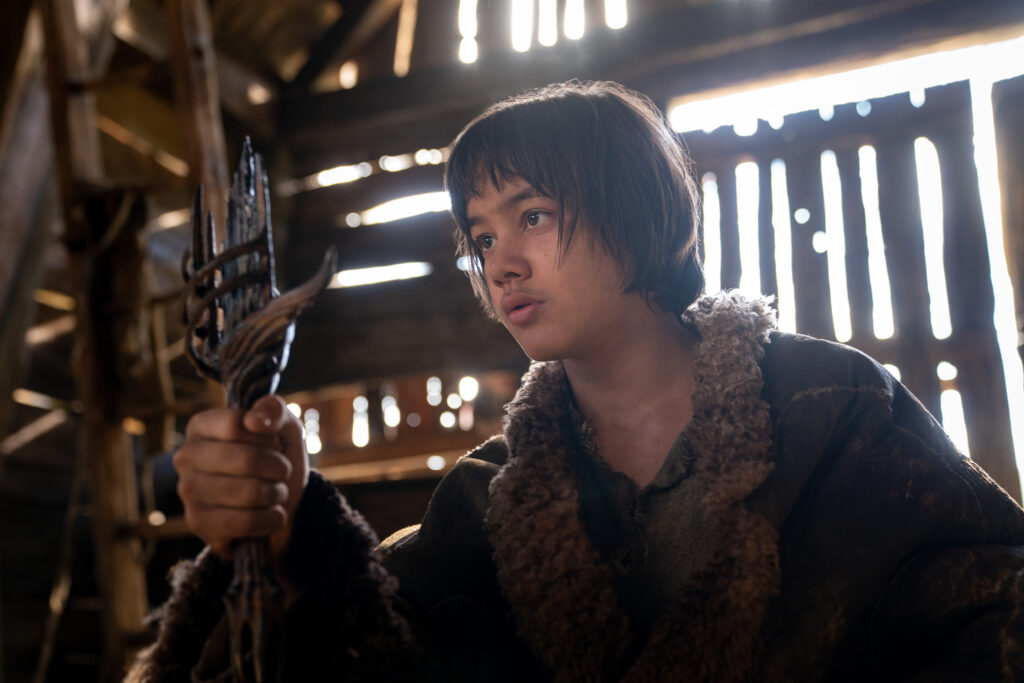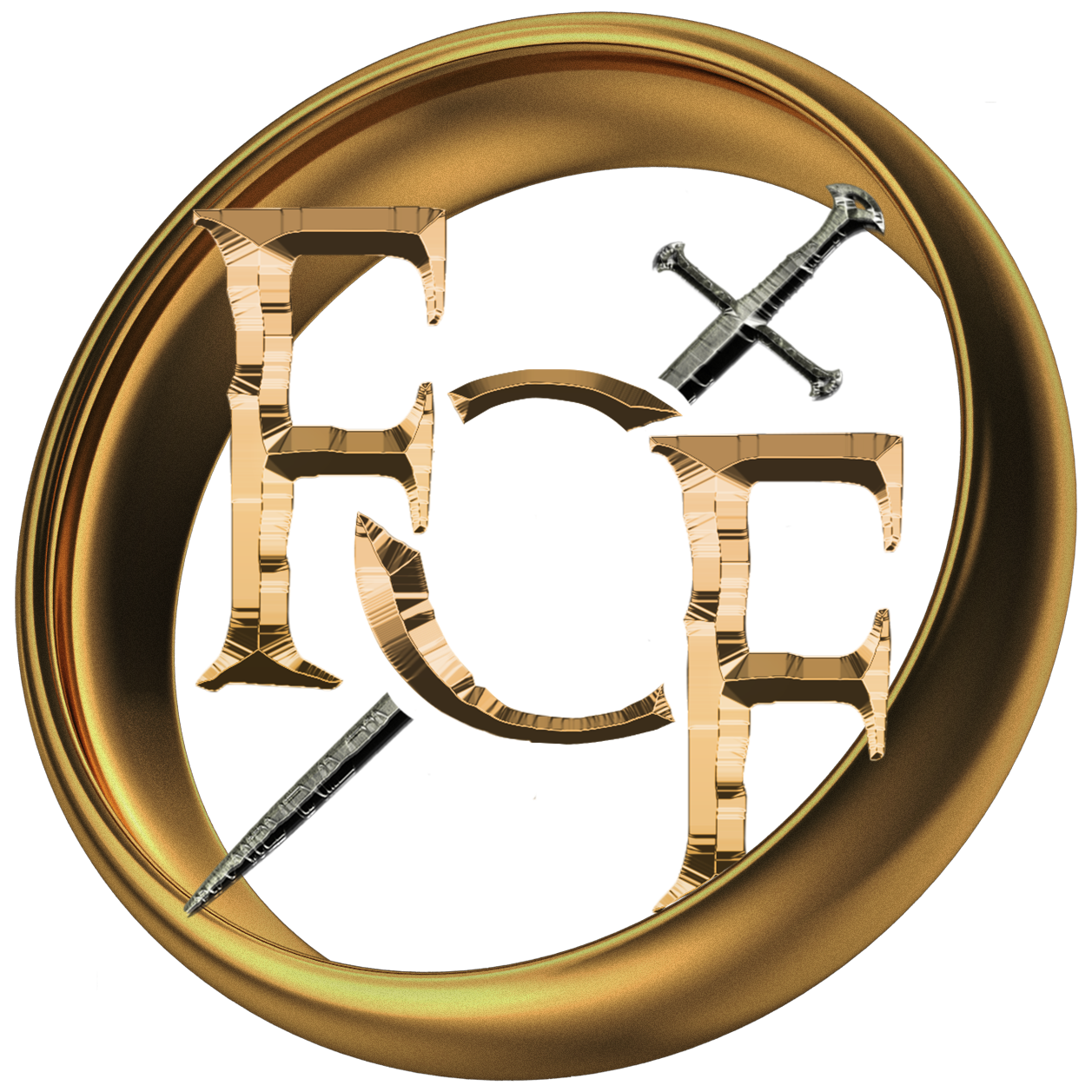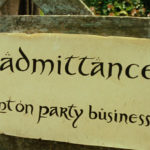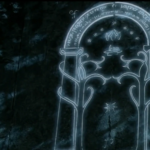
Bill and Ted’s Bogus Onomastics

Theo (Tyroe Muhafidin) gazes at a broken sword he holds in his hand, in a publicity photo from Amazon Studios’ upcoming “The Rings of Power” series.
“There are only two hard things in Computer Science: cache invalidation and naming things.”
—Phil Karlton
I once created a relatively minor female character named “Morwen” for a story not yet written. I was quite attached to the name, mostly because morwen is a Middle English form of Old English morgen: “morn” (as in “morning”) in Modern English, and I liked both the meaning and the sound of the word. It was also, of course, an indirect reference to a couple of relatively minor (or so I thought at the time) characters in Tolkien’s legendarium. Perhaps it should have occurred to me that many people, being far more familiar with Tolkien’s works than with English etymology, would have seen it as a direct reference to Tolkien. More fatal, to my mind, was when I realized morgen was a neuter noun, as in Anglo-Saxon onomastics as I understand it, neuter names were given to males, but not to females. Of course, this is perhaps less of a problem in a modern or futuristic setting (as was the case for my story) than in a presumably ancient setting. When an original female character named “Morwen” turned up in New Line Cinema’s The Lord of the Rings: The Two Towers, I assumed they had made the same mistake I had made, because the character was one of the Rohirrim, and it seemed much more likely to me that she would have an English, rather than an Elvish name. However, whatever the origin of her name may have been in development, the official story seems to be that her name is indeed Elvish, having been named after Morwen Steelsheen, the Gondorian mother of King Théoden.
The Importance of Being Onomastic
Anyway, the point of all this is that I take onomastics seriously. Onomastics, sometimes also called onomatology, is the study of proper names. It is one thing that Tolkien usually does well, and that tends to annoy me in other secondary worlds of fantasy or science fiction, where it is almost invariably done less well. And that is no accident. In his famous 1951 letter to Milton Waldman, Tolkien wrote (referring to his Elven languages, Quenya and Sindarin):
“Out of these languages are made nearly all the names that appear in my legends. This gives a certain character (a cohesion, a consistency of linguistic style, and an illusion of historicity) to the nomenclature, or so I believe, that is markedly lacking in other comparable things. Not all will feel this as important as I do, since I am cursed by acute sensibility in such matters.”
I also suffer from a similar sensibility, so this sense of consistency with Tolkien’s existing naming conventions is one of the major things I have been looking for in Amazon Studios’ upcoming The Rings of Power series, along with a sense of the scope of the Second Age. (I remain skeptical of any major time compression in telling the story of the Second Age.) What I have seen so far seems mixed. I would like to stress here that I by no means consider myself an expert in Tolkien’s invented languages. Most of my study has been of historical languages. That said, from the evidence of both leaks and publicity, it seems apparent that Amazon Studios has made use of consultants who are at least competent in Quenya, Sindarin, Khuzdul, and so on, who have developed serviceable names and artifacts in those languages. My concern so far is more with the places where the writing team and/or the Tolkien consultants don’t have Tolkien’s invented languages to fall back on: the Men (and Halflings) of Middle-earth.
Tom, Bert, and Bill
Why worry about consistency in the names of those who are not Elves or Dwarves? Tolkien himself named his trolls in The Hobbit Tom, Bert, and Bill, and gave similar names (Bill, Ted, Tom, Will, Sam, etc.) to various Hobbits and Bree-men in The Lord of the Rings. Although these names are not necessarily anachronistic if one imagines The Hobbit and The Lord of the Rings as taking place in some analogue of the High or Late Middle Ages, they would seem to be anachronistic for the Third Age, which canonically takes place well before the Middle Ages. One might argue that if Tolkien used common modern names in these works, then anything goes, really. My counter-argument is first, that Tolkien initially wrote The Hobbit for his children, and did not have a really clear idea of when it took place before writing its sequel. Second, and more importantly, when Tolkien did write his sequel, The Lord of the Rings, he carefully considered the matter of the common Germanic (and other) names he had used in The Hobbit, and came up with a translation convention to explain his use of relatively modern English (and related) names.
Ideally, anyone who needed to come up with original names while adapting Tolkien’s works would be familiar with this translation convention and how Tolkien used it, as well as with the languages involved (mostly Germanic, but also Celtic, and even Romance). Also important, I believe, are clues which indicate the change of language with the passage of time. Compare the naming conventions of the Shire Hobbits at the end of the Third Age to those of Gollum’s folk a mere half-millennium earlier, or the change in the form of personal names from the founding of the Kingdom of Rhovanion (Gothic) to its fall (likely Common West Germanic or North Sea Germanic), to the settlement of the Éothéod in Framsburg (Old English). I would prefer that personal names of original characters work with this convention, rather than ignore it. Of course, I realize that’s easier said than done, and many people do not have the background for that. Also, it is no doubt easy to assume that, given the difficulty of learning a wholly unfamiliar invented language such as Sindarin or Quenya, it is much easier for anyone in particular to use historical names, or names composed from historical languages. That may be the case, but it is also true that anyone in particular is more likely to notice when you get it wrong using a historical language. That said, I will examine briefly the names of a few (presumably) mortal Men of Middle-earth in the upcoming Amazon series.
Halbrand
Some people seem to think this character may be a Númenórean. From everything I have read, I believe he is a Man from Middle-earth who visits Númenor. From a purely aesthetic viewpoint, I see nothing wrong with his name. It could possibly be Sindarin, or just as possibly be Germanic. On the assumption that it is not a Sindarin name, his name could be Old English hál (“whole; healthy”) + brand (“fire-brand; torch; sword”). Then his name would mean something like “unbroken sword”, which would be a curious coincidence, considering the state of Theo’s sword. My main problem with this name is not aesthetic, but chronological: it is too late. If the language of the early Kingdom of Rhovanion was represented by Gothic, the oldest attested Germanic language (apart, perhaps, from a few runic inscriptions), then one would expect a language spoken in the Second Age to be even older. I would suggest Proto-Germanic for a language spoken by a Northman of Rhovanion in this time period. Of course, I could be completely wrong about Halbrand’s identity and the meaning of his name.
Bronwyn
Bronwyn is an actual Anglicized Welsh name. It is Anglicized, because the name is either Bronwen (“white breast”) or Branwen (“white raven”) in Welsh. If it is indeed intended to be a Welsh name, then perhaps she is related to the Dunlendings, the Bree-men, and the Men of the Mountains. My problems with this name are that it is obviously Welsh, and furthermore, that it is Anglicized Welsh, although I suppose Anglicization could be supposed to represent her name being “Northman-ized” or “Westron-ized”. Also, I would prefer a more ancient language, such as Common Brittonic, or Proto-Celtic, for the Second Age.
On the other hand, it is possible her name is Germanic. The first element might be bron(d), which would have the same meaning as the second element in Halbrand’s name. The difference might be dialectical, assuming Halbrand and Bronwyn are not in fact from the same village. The second element would then be wynn (“joy”), familiar from Éowyn’s name.
Theo
There is nothing necessarily anachronistic about the name, if we adopt Tolkien’s translation convention. The problem is that, at first blush, this seems to be a Greek name meaning “God”, or “a god”, and Tolkien rarely used Greek in his legendarium. Maybe in some Hobbit names. Also, it would seem to be unrelated to Bronwyn’s seemingly Welsh name. And it would seem to be strange for someone to be named “god”.
Some people seem to think this name is Germanic. The main problem I see with this is the missing “d” on the end. The root word in various Germanic names has the form þéod in Old English, and means “tribe; nation”. It is related to the word “Teutonic”, as well as to various names referring to Germany and related countries, such as Dutch and Deutschland. The Germanic word is cognate with the Irish tuath, which has the same meaning. Theo could also mean “the” or “he” (þéo) in Old English, which seems a very unlikely name. There is also the Old English word þéow (“servant, slave”). The problem is, it mostly occurs in female names, such as Wealhþéow in Béowulf. The interpretation of this name as þéod seems the most likely, assuming whoever came up with the name even went to that much trouble. Perhaps it’s dialectical, like the missing “d” in the Germanic interpretation of Bronwyn’s name, though that seems less likely for a consonant that occurs alone at the end of a word. And a name meaning simply “people” seems less likely than as an element of a compound name (although perhaps it is a nickname taken from a compound name). As with the other names, I would prefer a more ancient language than Old English to represent the Second Age, given that Tolkien used it to represent the Third Age after about 2000 to 2500.
Conclusion
The names of the natives of Middle-earth in Amazon’s The Rings of Power so far still leave us with more questions than answers. It’s easy enough to come up with a spurious etymology for a name, but it’s possible that whoever comes up with these names isn’t even giving it that much thought. Is Theo supposed to be a Greek name, and somehow Amazon will fit Greek into Tolkien’s existing translation convention? Or is it a Germanic, possibly Old English name, and Amazon is flattening the development of the languages of the Northmen? Or did someone pick the name “Theo” just because they liked the name “Theo”? Hopefully the answer will give us the consistency and cohesion some of us have been looking for.




No Comments